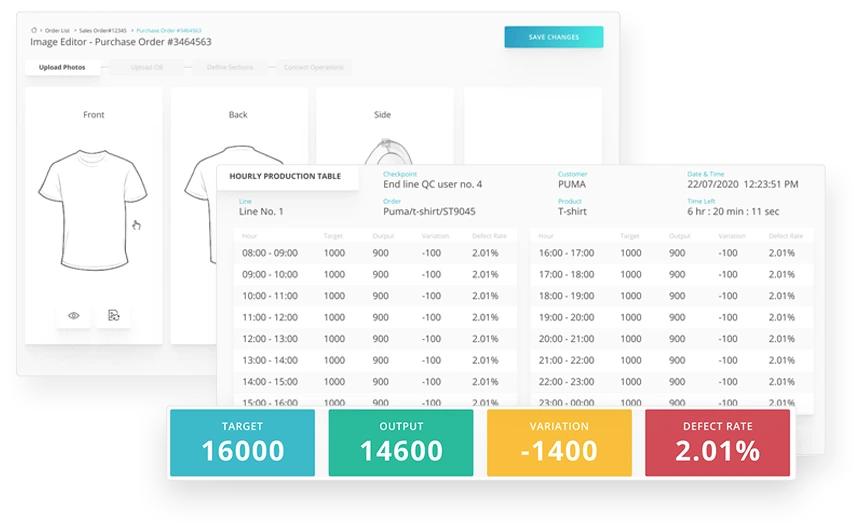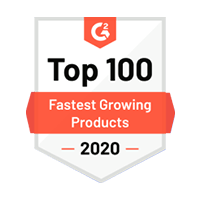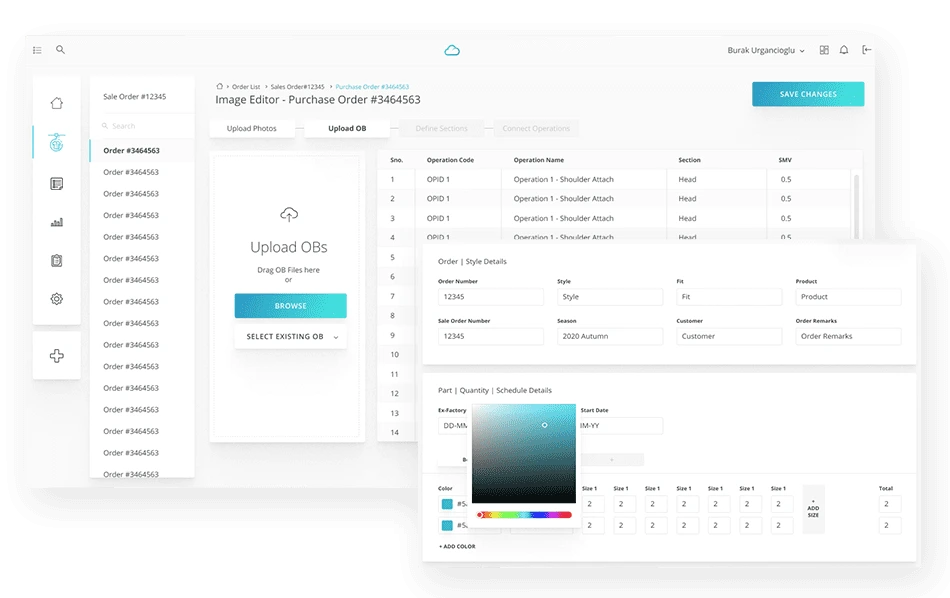



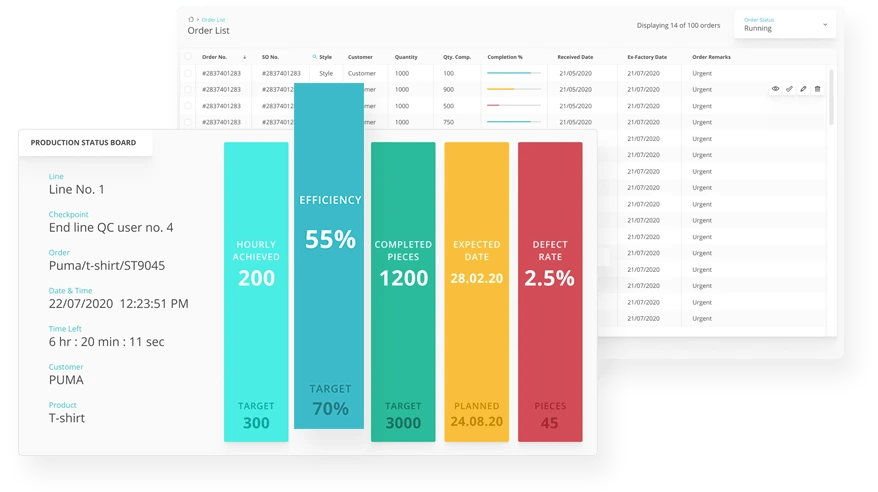
Track production output and KPIs in real-time to stay on top of your production targets with ease. Monitor production order statuses, factory performance, and line efficiency through our user-friendly app and TV displays.
Capture real-time data on product quality with tablets and smart devices. Use heat maps to identify and remove production bottlenecks. Reduce rework by catching errors early in the process.
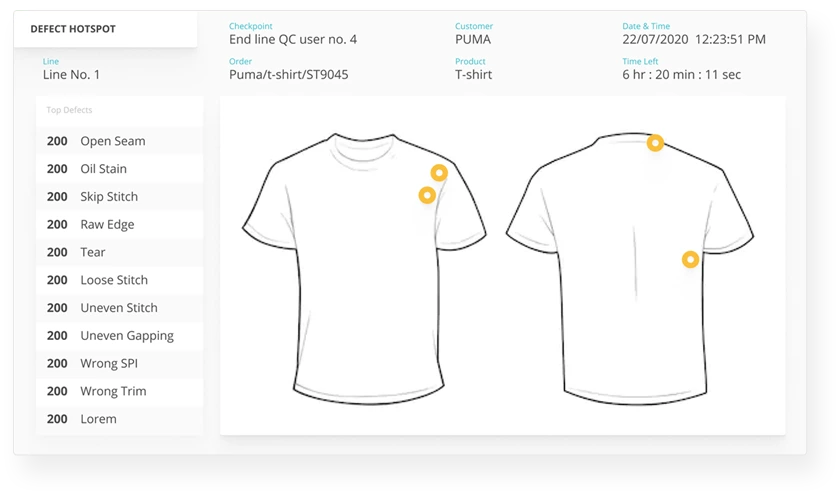
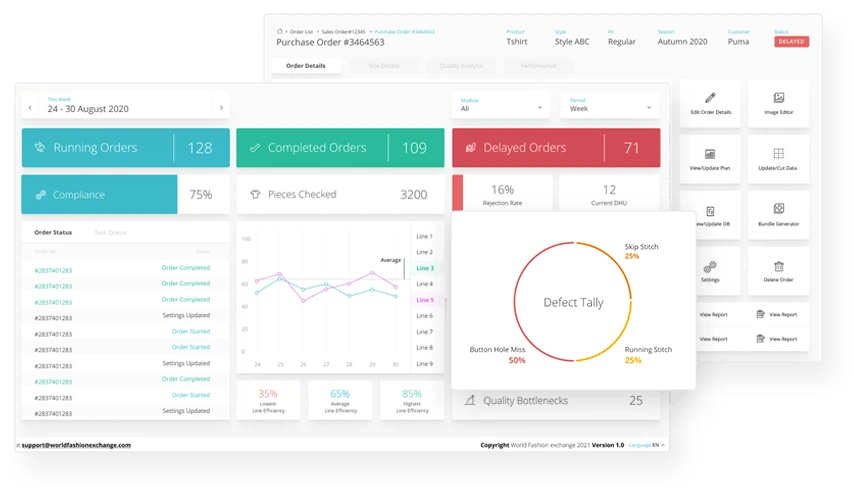
Get line-wise, PO-wise and floor-wise efficiency and performance reports with our Fashion Production Tracking Software. Compare planned vs actual performance to optimize your production floor.
Stream live performance and quality control dashboards directly to TV displays near the production line. Cultivate a work environment that encourages self-accountability and target achievement through enhanced Shop Floor Control.
